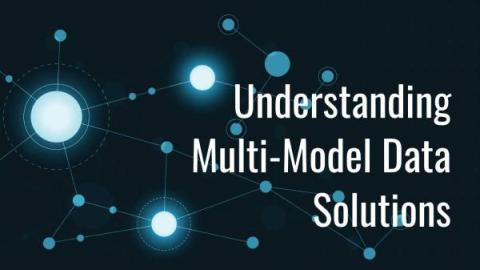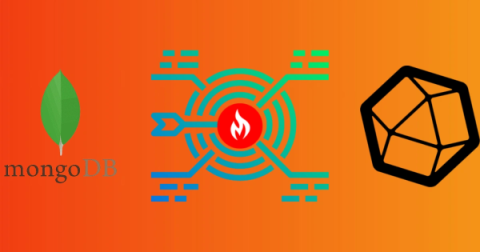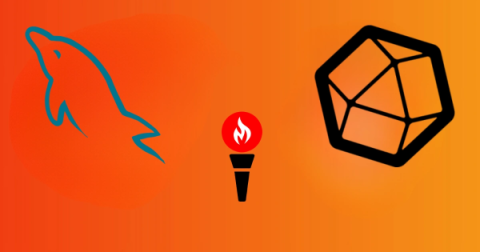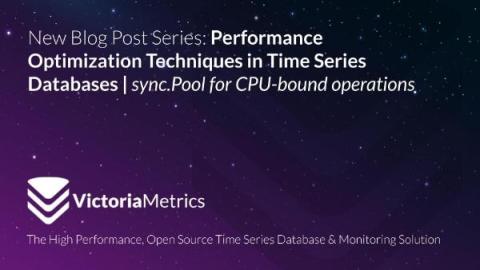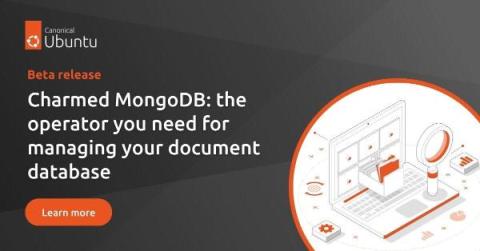Operations | Monitoring | ITSM | DevOps | Cloud
Latest News
3 Reasons Why You Need an Embedded, Modern Database
Today's applications demand efficient data handling to provide users with seamless experiences. One solution that has gained prominence is the use of embedded databases, which are integrated within applications rather than relying on external servers. Different from a database for embedded systems, databases embedded within applications offer several advantages for storing data and analyzing it, especially in scenarios where performance, deployment simplicity, and data security are important. Embedded databases, or an embedded database management system (DBMS), can serve a variety of use cases, but are especially valuable for applications that need to provide analytics capabilities.
RocksDB - Getting Started Guide
There are several reasons for creating a highly efficient and performant database in the current web era. RocksDB is an embedded key-value store designed for efficient data storage and retrieval. It is an open-source database engine developed by Facebook, which builds upon the strengths of LevelDB while incorporating several enhancements for durability, scalability, and performance.
Monitor MongoDB With Telegraf
Monitoring your instance of MongoDB is important for maintaining optimal database performance, ensuring security, detecting and addressing issues promptly, and planning for future growth and scalability. Database and infrastructure monitoring allows for the early detection of potential problems such as server overload, disk space shortages, or network issues.
Going Beyond Fixes: DBAs Become Business Leaders
Monitor MySQL Performance Using Telegraf
Monitoring the performance of your MySQL database will help identify performance bottlenecks, inefficient queries, and resource-intensive processes. By tracking metrics like query execution times, server load, and resource usage, administrators can optimize configurations and fine-tune the database for better efficiency and speed. Additionally, monitoring any running process allows for the early detection of potential problems such as server overload, disk space shortages, or network issues.
Database Observability Provides the Features Customers Need for Effective Monitoring
Performance optimization techniques in time series databases: sync.Pool for CPU-bound operations
Internally, VictoriaMetrics makes heavy use of sync.Pool, a data structure built into Go’s standard library. sync.Pool is intended to store temporary, fungible objects for reuse to relieve pressure on the garbage collector. If you are familiar with free lists, you can think of sync.Pool as a data structure that allows you to implement them in a thread-safe way.


